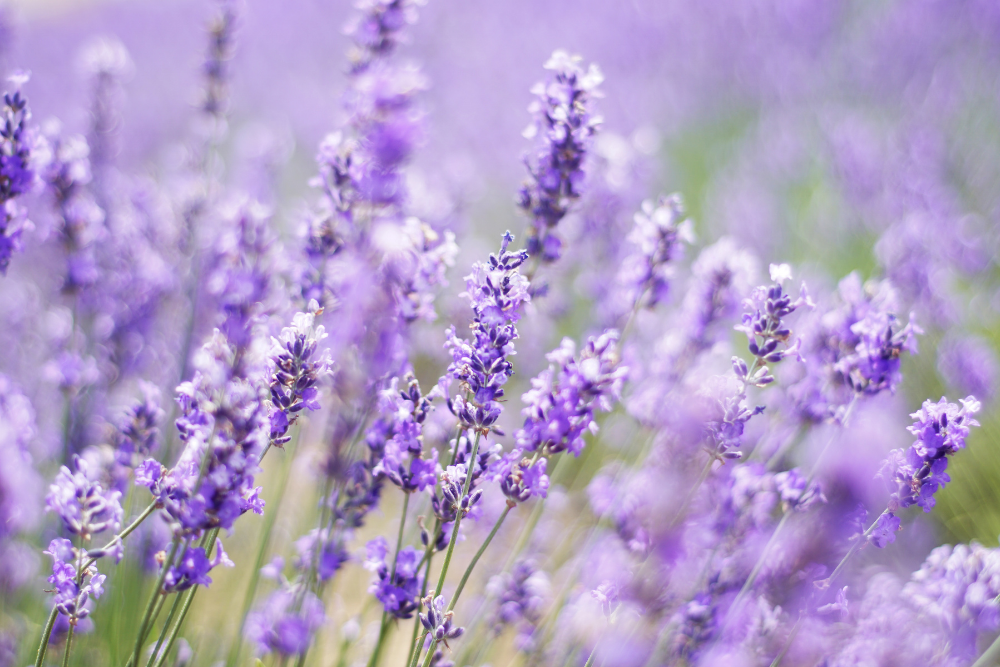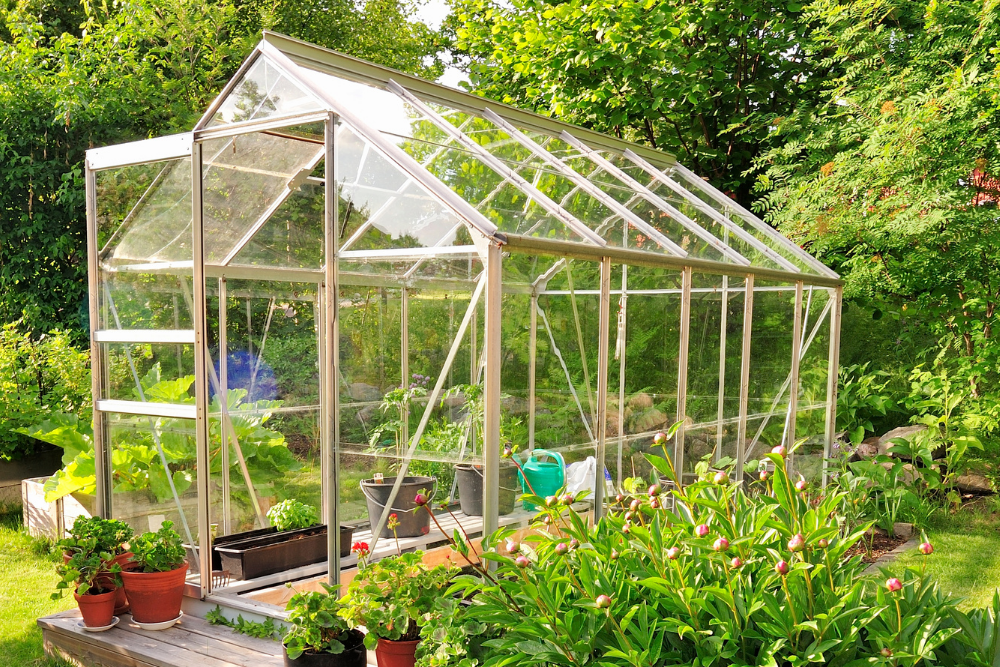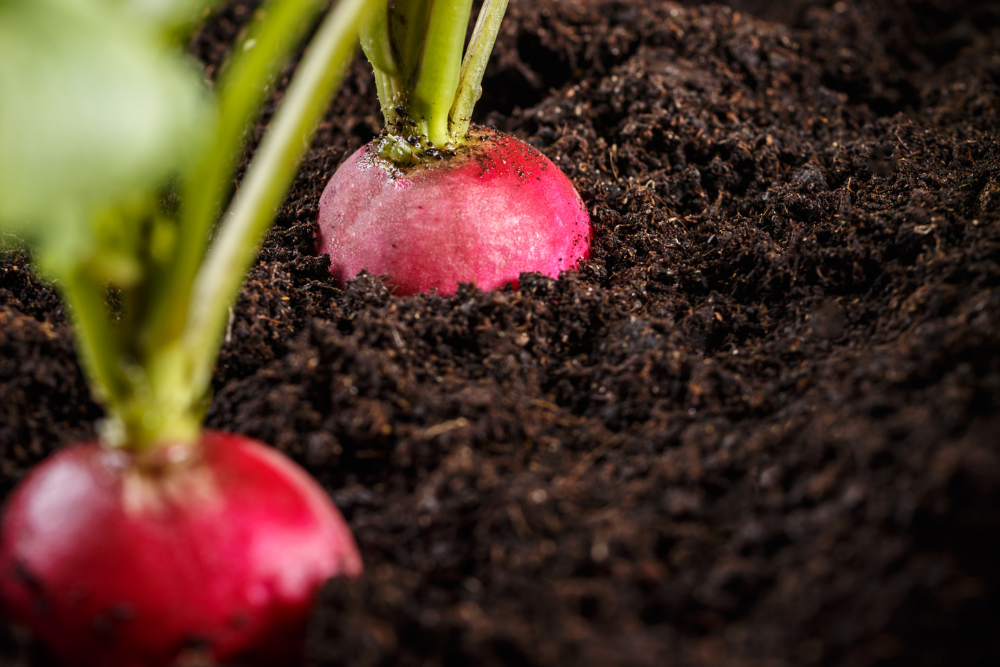.png)
Meals outside and barbeques are such a treat. We have been to our favourite park after school with a picnic tea. July is National Picnic Month, so of course, it would be rude not to! Life can be hectic, especially with children, so how about harvesting your home-grown crops to enjoy, something to do together and a pleasure to see the fruits of your labour.
Along with enjoying the blooms of the herbaceous borders, keeping the lawn trimmed and taking time out to enjoy the sunshine, there are still other things we can do, for example taking summer cuttings. This is the perfect time to pop out, ideally early morning while it is still cool, and the plants are turgid. Pop them in a plastic food bag whilst you are out collecting your plant material and keep them cool and moist until you are ready for the next stage.
Examples of plants to take cuttings from now –
Fuchsia, Lavender, Ribes, Salvia, Rosemary, Hydrangea and Buddleja to name a few.

How to take your cuttings
Make sure the stems you choose are healthy and are non-flowering new growth. Using a cuttings knife or secateurs, ensuring they are clean and be sure to clean them after taking each cutting.
Trim your stem to 5 – 10cm in length and keep one or two pairs of leaves at the top, removing the lower leaves. If you take an angled slither at the base of the stem it exposes more of the cambium layer which is where the stem will root from, this will give it a better chance, some cuttings root easily so it is not always necessary. Rooting powder or gel can be used to give a better chance of the cutting taking. This is a hormone which stimulates root growth.
Next, fill your pot with a cuttings compost, this is a free-draining compost with a mix of horticultural grit, tap the pot on your bench and firm down the soil. Place your stems around the edge of the pot giving each one enough room, then water well. Make sure you label your pots, especially if you are propagating several varieties.
Now you are ready to place the pots in a propagator or cover them with a plastic bag and put them in a nice light place, a windowsill will be fine, make sure they are kept moist and do not allow them to dry out.
Keep an eye on them and within around three weeks you should start to see the roots, you can give a gentle tug on the stem to see if it has taken hold. Once they have rooted well, they are ready to pot on.

Good greenhouse practice
If you are lucky enough to have a greenhouse you will know that good greenhouse practice is paramount. After each growing season when you have cleared out the greenhouse you should ensure all surfaces, pots, tools, anything that will be reused must thoroughly cleaned and stored.
When preparing for the growing season ensure that you reduce the chance of having any issues. Ensure the floor is even to prevent puddles forming, make sure that you will have good ventilation and light. Wooden benches can harbour pests and disease, if possible, opt for metal. Inspect all plants and soil before taking them into the greenhouse. Make sure the ground is free of weeds.

What you can still sow and grow now
Salad leaves are a go go which is fabulous, fresh home-grown leaves are tasty and free from pesticides. They grow quickly so if you sow a few at a time you can keep a nice supply going all summer.
Beetroot can be sown directly; they are nice when harvested small. Such a versatile vegetable!
Radish, one of my favourites! I used to have my own radish patch in my dad’s greenhouse on our market garden. A fun one for the children to have a go with.
Kale can be sown now and will be ready in 12 – 16 weeks. Sow them in cell trays and plant out when they are ready. Kale is so healthy and very versatile. I love to juice it and make kale crisps which my children love!
Autumn bulbs can be planted now too.
Next month we will be talking about pruning summer shrubs, looking after tomato plants and house plant care.


